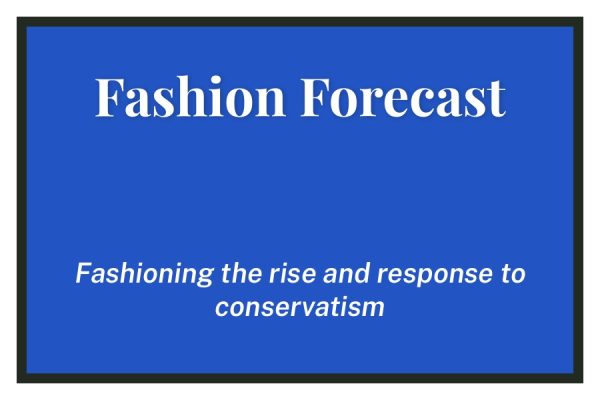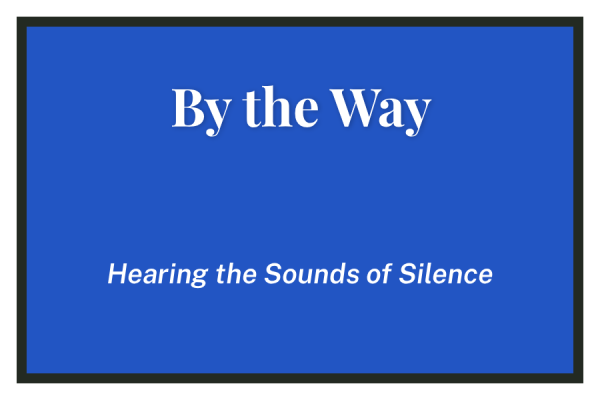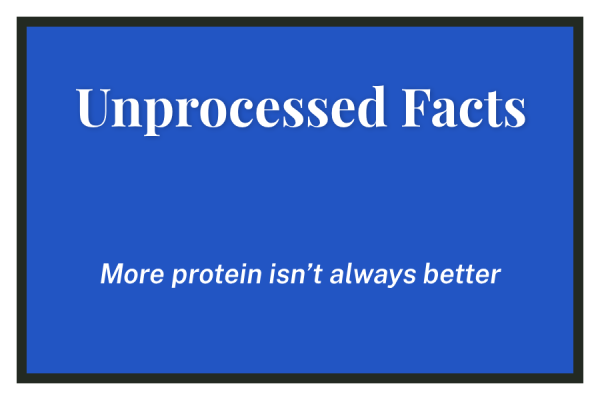Fireside Chats, Issue 6
It’s Your Money
In New York City, the government is putting millions of taxpayer dollars into an experiment in four council districts. In 2018, they adopted a process called “participatory budgeting,” just as we call it, in which residents decide where 0.5 percent of government money should be allocated via popular vote. Since the program’s inception, participatory budgeting in New York has grown from five million dollars to over 41 million dollars of public money, ranging across half of the city’s districts, as well as several schools and universities under Mayor Bill de Blasio. The practice was first officially implemented in Brazil over 25 years ago, since yielding massive improvements in city infrastructure and notably improving conditions in underserved neighborhoods. Today there are more than 1,500 participatory budgeting programs worldwide, including the program that has made its way to the East Coast, with more than 99,250 residents age 11 and older deciding where to spend tens of millions of dollars across NYC community projects.
Budgets are at the core of what government does. Each year, the United States government announces how it will allocate its resources toward what is most important to us. For instance, during the Space Race, as much as 4.41 percent of the budget was allocated to NASA. We accelerated math and science programs across the nation at a blistering speed because we value winning against other countries in competition. It brings a sense of pride and a can-do attitude for generations to come. Today barely a fraction of a cent on the dollar goes toward NASA. Changing values are reflected in these budget changes.
The importance of this kind of engagement is difficult to overstate. At most schools, students do not have nearly as much influence as we do. It is a privilege that we should handle as such, whereupon, I believe, the student body can be enriched and revitalized. Participatory budgeting cuts out the talk and rhetoric around budgeting in the community and allows a direct response from the public. (It is your money after all!) I cannot speak from experience of going to another school, but I know that in previous years, the lack of participatory budgeting proposals has been a point of justification for lowering the Student Government budget. In other words, if you don’t use the privilege as it should be used, you might lose it.
If you want to make a statement about how you think your government is doing, there isn’t much of a better way to do it than with money. Money, along with wealth, existed as a societal force even when cavemen and cavewomen walked the earth, trading stone tools at the Hadar site in Northeast Ethiopia adjacent to the Red Sea. And observing how humans spend money often is a proxy for seeing the breadth of underlying core values, desires, and ideals for a given group of people. Similarly, when New York City hosts weekly meetings where any citizen is invited to discuss their concerns with politicians in the area, what the community values becomes much clearer. This can range from anything as mundane as potholes and broken street lamps to the renovation of state buildings. This elegant concept of “participatory budgeting” weaves together several fundamentally American values: transparency, utility, self-reliance, accountability, and even social mobility. Even if it is only 0.5 percent of tax revenue, letting the community directly determine how to spend $40 million is immensely empowering. If our mission, advocates for the development of students who are “responsible citizens and leaders in a diverse democratic society and global community,” then why not conduct our governance in the same manner? In an age in which we are deluged with sensationalized media, binary political creeds, fake news, and the specter of sluggish policy enactment forever on the horizon, participatory budgeting can be a proof of concept that the future of government is not about a politician or a citizen, but politician plus citizen.
As much as I am well-intentioned, I could never know every single need of every single person in the student body. That is why I cherish our participatory budgeting system so much. It gives the Cabinet a direct message and we get to return a direct response in the form of some tangible, substantive purchase that augments the welfare of the students. For example, during my sophomore year, Felix Wood ’18 proposed a foosball table that I still see people using in the hallway. Then there are subtler effects of PB, such as new speakers and wipes for the workout facility and upkeep for annual Student Government traditions. Of course, not every proposal in the past has been a gleaming example of the power of democracy; some proposals have been downright silly—but I do not think that the blunders of PB outweigh its prospects.
January can be a common point of burnout among students for classes as well as extracurriculars. It is more important than ever to utilize aspects of Student Government such as participatory budgeting which enliven the democracy and passing of proposals and engender a more engaged electorate for this coming spring.







